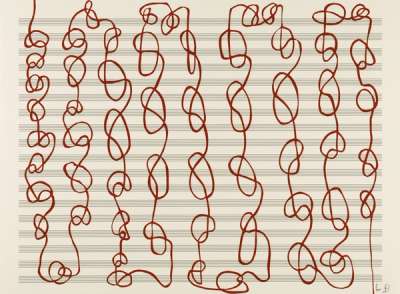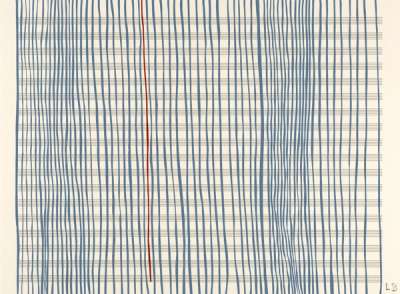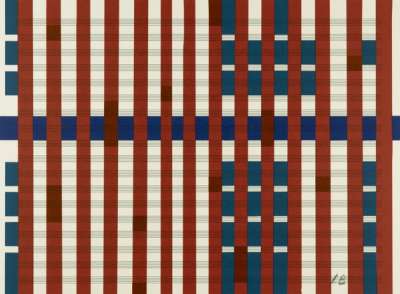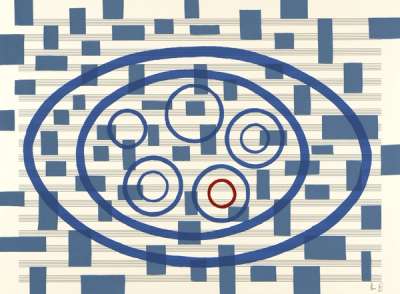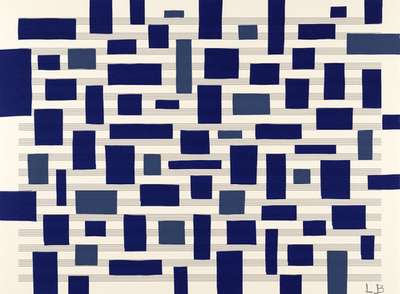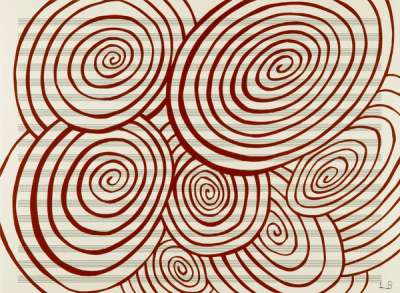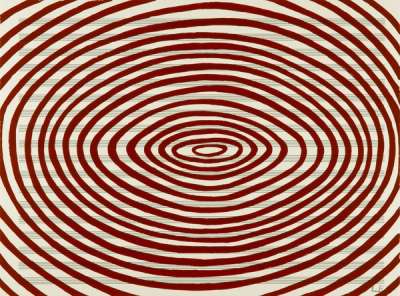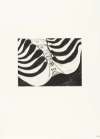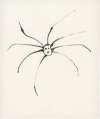Fugue
Louise Bourgeois's Fugue series, consisting of nineteen artworks titled Untitled #1 (Fugue) through to Untitled #19 (Fugue), represents a profound exploration of repetition, rhythm, and variation, much like the musical composition it is named after. Created in 2003, the series captures Bourgeois's introspective examination of memory and psychological processes through a combination of abstract and figurative elements that are both haunting and deeply personal.
Louise Bourgeois Fugue For sale
Fugue Value (5 Years)
Sales data across the Fugue series by Louise Bourgeois varies by print. While standout works have sold at auction for up to £47244, other editions in the series remain rare to market or have yet to appear publicly for sale. Of those tracked, average selling prices have ranged from £12723 to £12723, with an annual growth rate of 19.6% across available data. Collectors should note the discrepancy in performance between more visible and lesser-seen editions when considering value potential in this series.
Fugue Market value
Auction Results
| Artwork | Auction Date | Auction House | Return to Seller | Hammer Price | Buyer Paid |
|---|---|---|---|---|---|
 Untitled #9 Louise Bourgeois Signed Print | 19 Jun 2019 | Galerie Widmer Auktion, Basel | £10,625 | £12,500 | £15,000 |
 Untitled #10 Louise Bourgeois Signed Print | 1 Nov 2009 | Freeman's | £1,828 | £2,150 | £2,850 |
 Untitled #15 Louise Bourgeois Signed Print | 1 Nov 2009 | Freeman's | £2,635 | £3,100 | £4,150 |
 Untitled #2 Louise Bourgeois Signed Print | 1 Nov 2009 | Freeman's | £1,190 | £1,400 | £1,900 |
 Untitled #4 Louise Bourgeois Signed Print | 1 Nov 2009 | Freeman's | £1,573 | £1,850 | £2,450 |
 Untitled #6 Louise Bourgeois Signed Print | 1 Nov 2009 | Freeman's | £1,700 | £2,000 | £2,650 |
Sell Your Art
with Us
with Us
Join Our Network of Collectors. Buy, Sell and Track Demand
Meaning & Analysis
The Fugue series by Louise Bourgeois showcases her adept use of diverse materials and forms to convey complex emotional and psychological narratives. In this series, Bourgeois employs a range of media, including sculpture, fabric, and installation, to create a layered and immersive experience that reflects the cyclical nature of a musical fugue. Each piece in the series is interconnected, suggesting a continuity and echoing of themes that resonate with Bourgeois’s recurring focus on family dynamics, personal history, and trauma.
In artworks such as Untitled #1 (Fugue) to Untitled #19 (Fugue), Bourgeois explores the concept of fugue not only in its musical sense but also in its psychological dimension, representing dissociative escapes and the fragmentation of identity. The repetitive yet evolving nature of the pieces speaks to the processes of remembering, forgetting, and reconstructing the self that are central to her artistic exploration.
Bourgeois’s sculptures in this series are particularly notable for their organic, almost visceral qualities that engage the viewer’s senses and emotions. The use of soft materials juxtaposed with hard metals, for example, contrasts vulnerability with resilience, symbolising the dualities within human nature and the artist’s own life.












